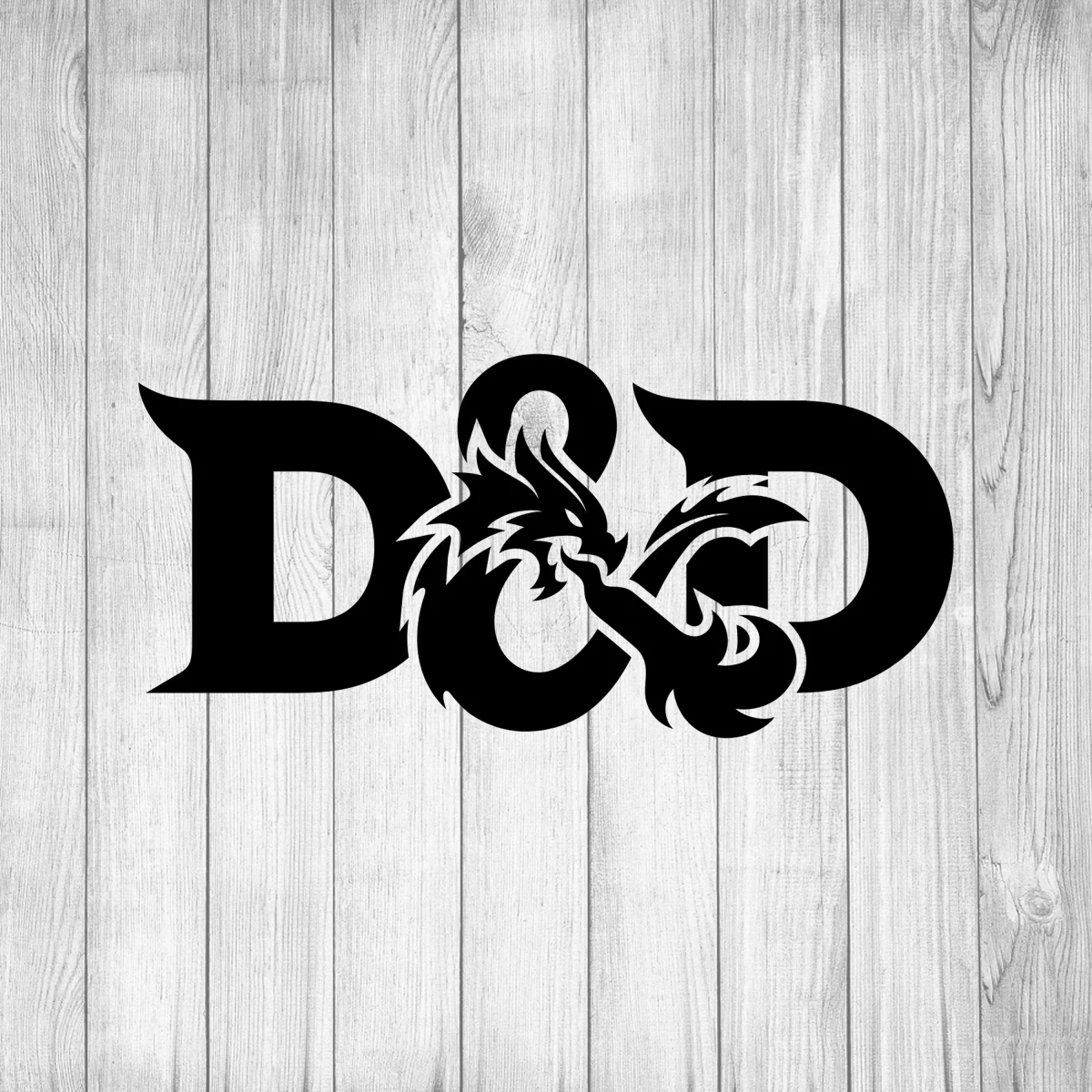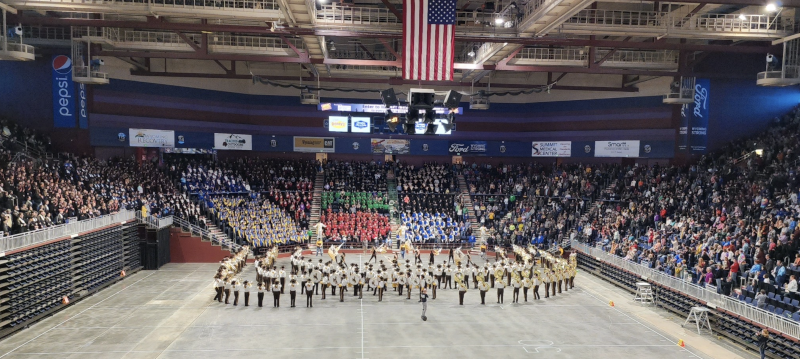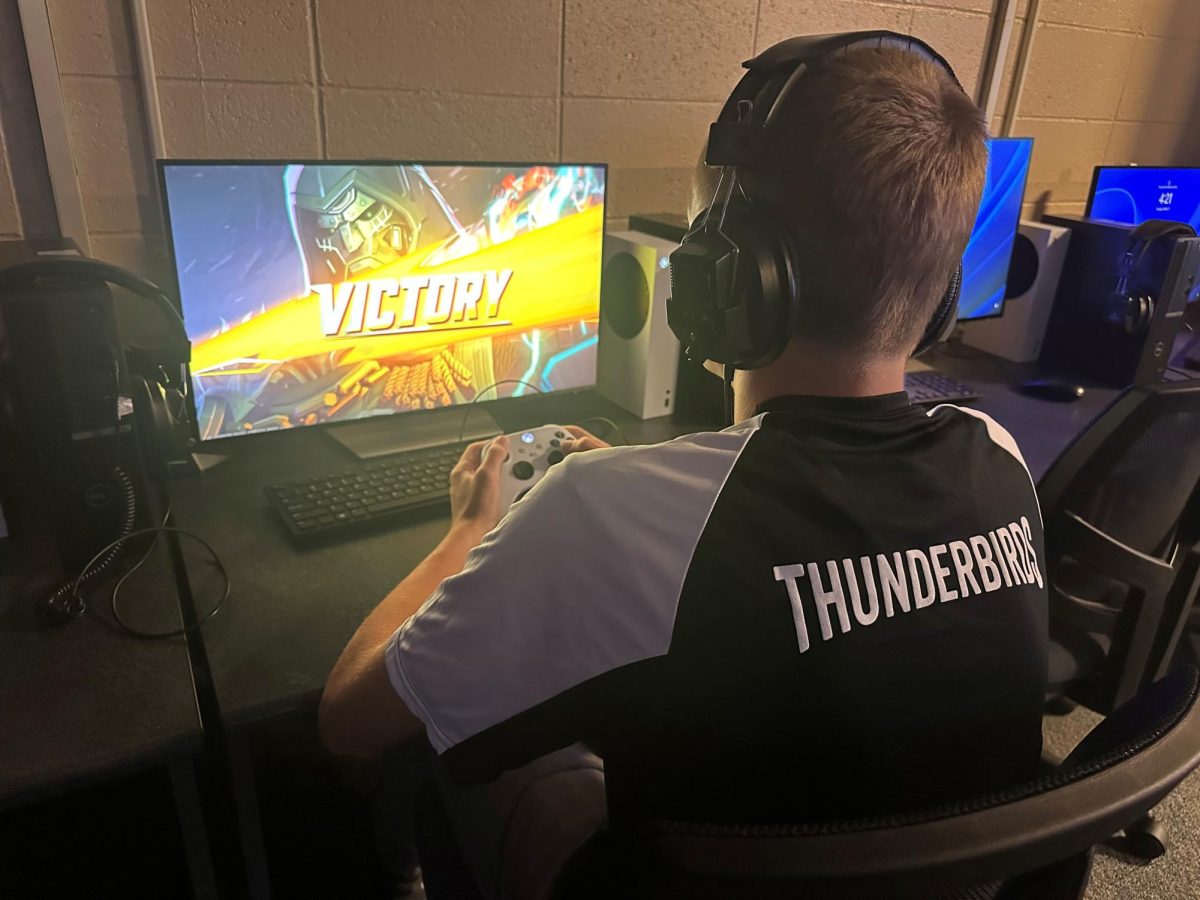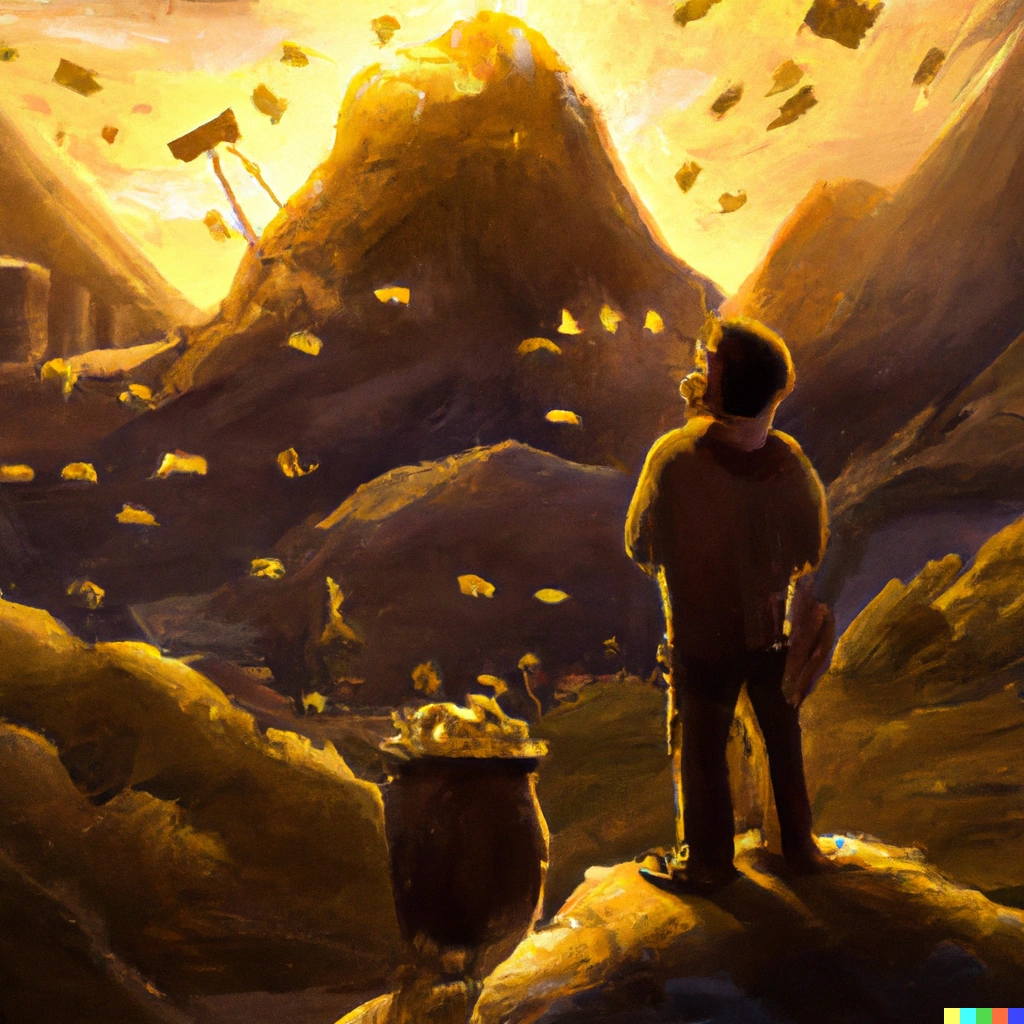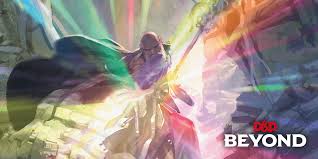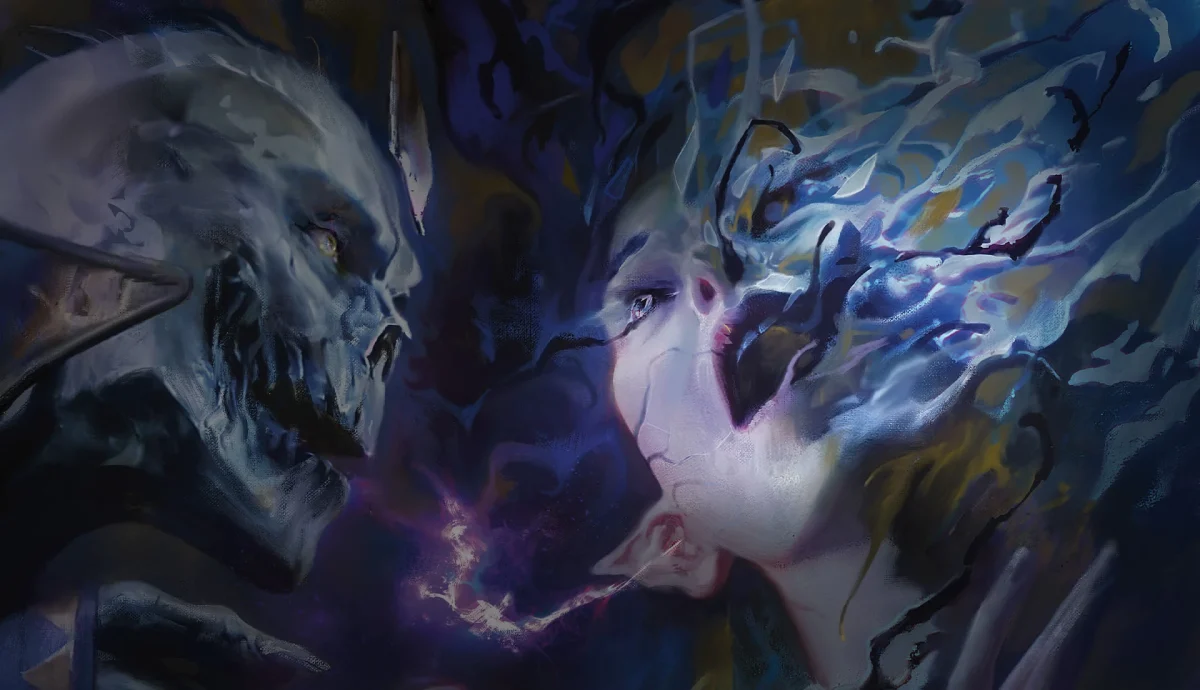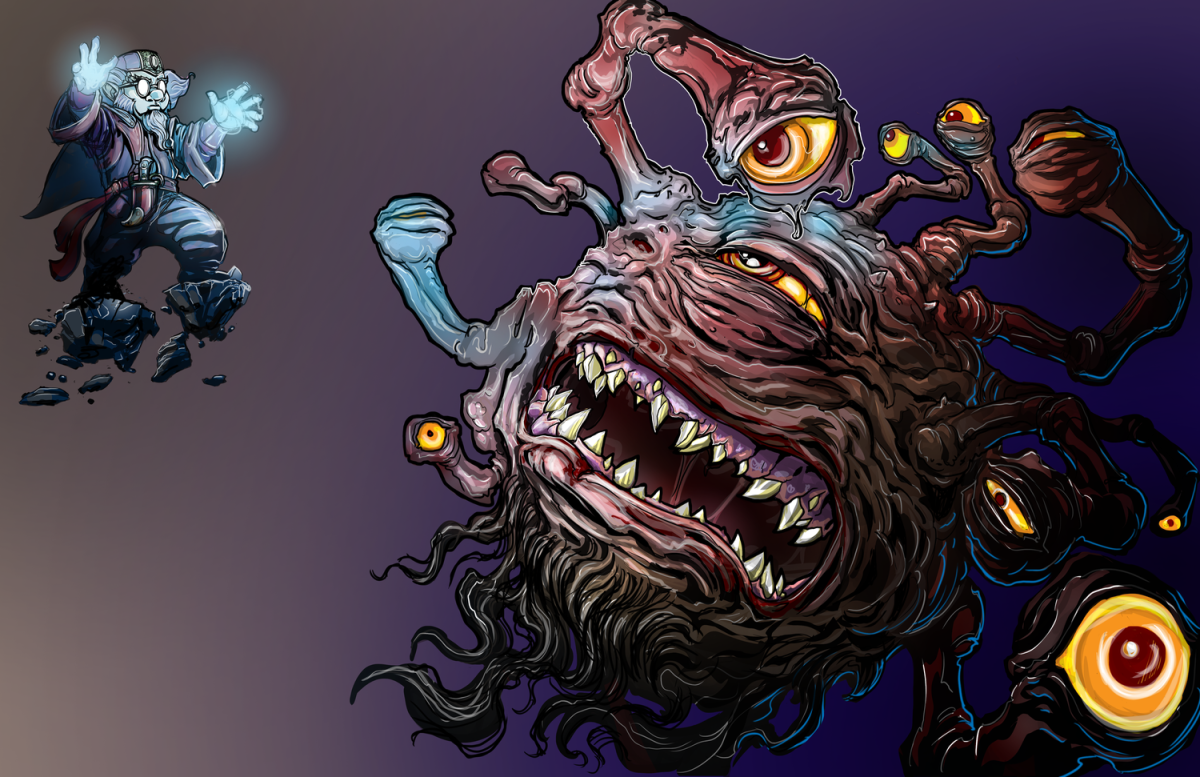Welcome to the World of Dungeons & Dragons (D&D) 5th Edition! Whether you’re completely new to the game or have heard about D&D and are curious, this guide will help you understand the basics and prepare you for your first adventure.
What Is Dungeons & Dragons?
Dungeons & Dragons (D&D) is a tabletop role-playing game (RPG) where you and a group of friends embark on epic adventures in a fantasy world. It’s part storytelling, part improvisation, and part strategy game. One player, called the Dungeon Master (DM), acts as the storyteller and referee, while the other players take on the roles of heroes in the story.
What Do You Need to Play?
- A Set of Dice: D&D uses several types of dice, the most important of which is the 20-sided die (d20). Other dice are used for damage rolls and other situations, including the d4, d6, d8, d10, and d12.
- Character Sheet: Each player controls a character, and the character sheet records all of their stats, abilities, and equipment.
- Player’s Handbook (PHB): This core rulebook explains the mechanics of D&D, including character creation, spells, and combat rules. It’s the primary resource for players.
- Dungeon Master’s Guide (DMG) and Monster Manual (Optional): These are mostly for the DM, who needs information on how to run the game and create encounters.
- Friends: D&D is a collaborative game, so you’ll need a group to play with! Typically, a group consists of 3-5 players and one Dungeon Master.
Basic Gameplay Overview
The flow of D&D is simple:
- The DM sets the scene: They describe the environment, situations, and characters around the players.
- Players declare actions: Each player says what they want their character to do. This could be anything from talking to a merchant, searching a room, or attacking a monster.
- Rolling dice: If an action’s success is uncertain (like swinging a sword or sneaking past guards), players roll dice to see the outcome.
- Role-playing: Throughout the game, players speak and act as their characters, solving problems and interacting with the story.
The D20 System
D&D uses a system where most actions are determined by rolling a d20 (20-sided die) and adding modifiers based on your character’s abilities (Strength, Dexterity, etc.). The total result is compared to a Difficulty Class (DC) set by the DM to see if the action succeeds or fails.
For example, if you’re trying to jump across a pit, the DM may set the DC at 15. You would roll a d20, add your Dexterity modifier, and see if you meet or beat the DC.
Creating Your First Character
When starting a D&D campaign, the first thing you’ll do is create a character. Here are the steps to create your first adventurer:
1. Choose a Race
Your character’s race determines their physical traits, cultural background, and special abilities. D&D has many races to choose from, including humans, elves, dwarves, halflings, tieflings, and dragonborn, each with unique traits.
- Humans are adaptable and gain a bonus to all abilities.
- Elves are nimble and perceptive, with an affinity for magic.
- Dwarves are hardy and durable, excelling in close combat.
Choose a race that fits the character you want to play, whether it’s a powerful warrior, nimble rogue, or wise spellcaster.
2. Choose a Class
Your class defines what your character can do in the world. Classes include warriors, spellcasters, healers, and sneaky rogues. Each class has its own abilities and features:
- Fighter: A versatile warrior who can use any weapon and armor.
- Wizard: A powerful spellcaster who can cast a wide variety of magical spells.
- Rogue: A stealthy character who excels at sneaking, disarming traps, and dealing critical damage.
Your class will determine your hit points, abilities, and role in combat and role-playing scenarios.
3. Determine Ability Scores
Your character’s ability scores (Strength, Dexterity, Constitution, Intelligence, Wisdom, Charisma) define their physical and mental capabilities. There are several ways to determine these scores, but for beginners, you might want to use the standard array: 15, 14, 13, 12, 10, 8.
You can assign these numbers to your ability scores however you like, based on what your character is good at. For example, a Fighter will want high Strength and Constitution, while a Wizard will want high Intelligence.
4. Choose Background
Your character’s background gives them additional skills and role-playing traits. It defines where they came from and what they did before becoming an adventurer. Some common backgrounds include:
- Acolyte: A religious devotee with knowledge of temples and divine magic.
- Soldier: A trained warrior with experience on the battlefield.
- Criminal: A rogue who knows the underworld and how to get things done.
Your background will add skills, proficiencies, and role-playing flavor to your character.
5. Select Equipment and Spells
Depending on your class, you’ll start with basic equipment. This might include weapons, armor, and adventuring gear (like torches, ropes, and potions). Spellcasters will also choose a list of spells they know or prepare at the start.
For example, a Fighter might start with chainmail and a longsword, while a Wizard might have a spellbook filled with spells like Magic Missile and Shield.
6. Final Touches: Personality and Backstory
Now that you have the mechanics of your character in place, think about their personality and backstory. How did they become an adventurer? What are their goals? Do they have any quirks, fears, or important relationships?
Playing Your First Game
Once you’ve created your character, it’s time to play! Here are a few key concepts to keep in mind:
1. Combat
Combat is a tactical part of the game where players and enemies take turns. You’ll roll for initiative (to determine turn order), and then you can attack, cast spells, or use abilities. On your turn, you can:
- Move: Move a number of feet based on your speed (usually 30 feet).
- Action: Take an action, such as attacking, casting a spell, or dashing.
- Bonus Action: Some abilities or spells allow for bonus actions.
- Reaction: In certain circumstances, you can react to enemies’ actions.
2. Role-Playing
D&D is a storytelling game where you’ll often interact with non-player characters (NPCs), solve puzzles, or make decisions that affect the story. Talk in-character, make choices based on your character’s personality, and enjoy the narrative!
3. Using Skills
Your character’s skills (such as Stealth, Perception, or Athletics) will come into play throughout the game. When you attempt something that isn’t guaranteed to succeed, the DM will ask for a skill check—roll a d20 and add your modifier for that skill to see if you succeed.
Tips for New Players
- Collaborate: D&D is a team game! Work with your fellow players to achieve your goals.
- Ask Questions: If you’re unsure about the rules, feel free to ask the DM or more experienced players.
- Stay Creative: D&D is all about creativity. If you want to do something outside the rules, describe it to the DM—they might let you try!
- Don’t Worry About Mistakes: Everyone makes mistakes, especially when learning the game. Focus on having fun rather than getting everything perfect.
Conclusion
Dungeons & Dragons 5th Edition offers a fantastic blend of creativity, teamwork, and adventure. Whether you’re delving into dangerous dungeons, exploring magical realms, or engaging in epic battles, the game is ultimately about having fun and telling a great story together. By following this guide, you’re ready to create your character, roll some dice, and jump into your first campaign!
Happy adventuring!
If you need pdfs of some books or you need a character sheet you can edit or print out this link has some and I will update the links when I get more recourses:
https://docs.google.com/document/d/19WjBsCmcZ3LI7BW5UiV7C-7EvxKjrFOEpf88dNl7jOI/edit?usp=sharing

